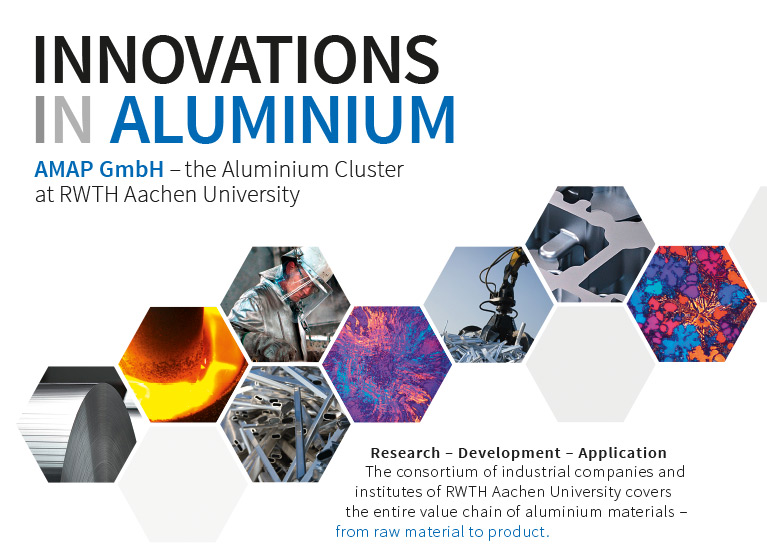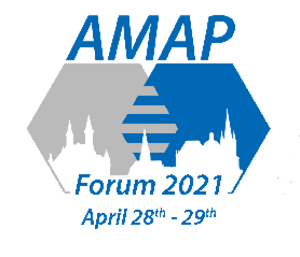II.3 - Melt cleaning and melt cleanliness analysis with Foseco technology
Wolfram Stets
Foseco
Summary
In order to produce high-performance and mechanically resilient components from cast aluminum alloys, it is necessary to provide melts with the lowest possible proportion of impurities. In his presentation “Melt cleaning and melt cleanliness analysis with Foseco technology”, Wolfram Stets, International Technology Manager Metal Treatment at Foseco, described how the content and type of non-metallic inclusions in cast aluminum alloys can be avoided and quantified.
A standard process for removing non-metallic inclusions from aluminum melts is rotor degassing with a pumping rotor. With rotor degassing in a Foseco FDU unit, the melt is simultaneously cleaned by the rising gas bubbles. An additional effective step can be the addition of melt cleaning agents to the melt, whereby the mixing of melt and cleaning agent is very limited when simply added to the melt stream, e.g. when filling a ladle.
A much more efficient method is to add the melt cleaning agent to a melt vortex during rotor treatment. The spinning rotor creates a vortex into which the cleaning agent is added and drawn under the surface of the melt, where it can interact with the impurities. This process is possible with the MTS 1500 automatic melt treatment unit. This is an additional process step to rotor degassing.
With the addition of melt cleaning agents (usually in the form of granules), it is possible to remove inclusions as well as refine and refine the melt using the appropriate products. This enables a further increase in efficiency during melt treatment.
The result of melt purification using the MTS process can be checked using an EDX-based measuring method known as “Vmet” analysis on solid metallic samples, as Stets explained. For these tests, samples are taken from the melt before and after melt purification and poured into special molds. The Vmet analysis (Vesuvius metal quality analysis) is based on the microstructure analysis of polished samples using a scanning electron microscope. With the help of predefined selection rules and image processing algorithms, the size, morphology and composition of defects (pores and oxides) are recorded. The total number, area percentage and size distribution of defects in the two sets of samples collected before and after degassing and melt cleaning are analyzed. The results of various investigations clearly show that degassing and melt cleaning can effectively reduce the size and quantity of defects.
With the help of Vmet, Foseco was able to demonstrate the efficiency of the MTS process at a large European manufacturer of cast aluminum wheels, as Stets reported using an example.
Overall, Foseco uses the Vmet analysis to continuously increase and further develop the efficiency of its melt treatment processes and products. The Vmet analysis thus contributes to improving the quality of the melt for Foseco's customers and facilitates the production of high-quality and increasingly efficient castings.


